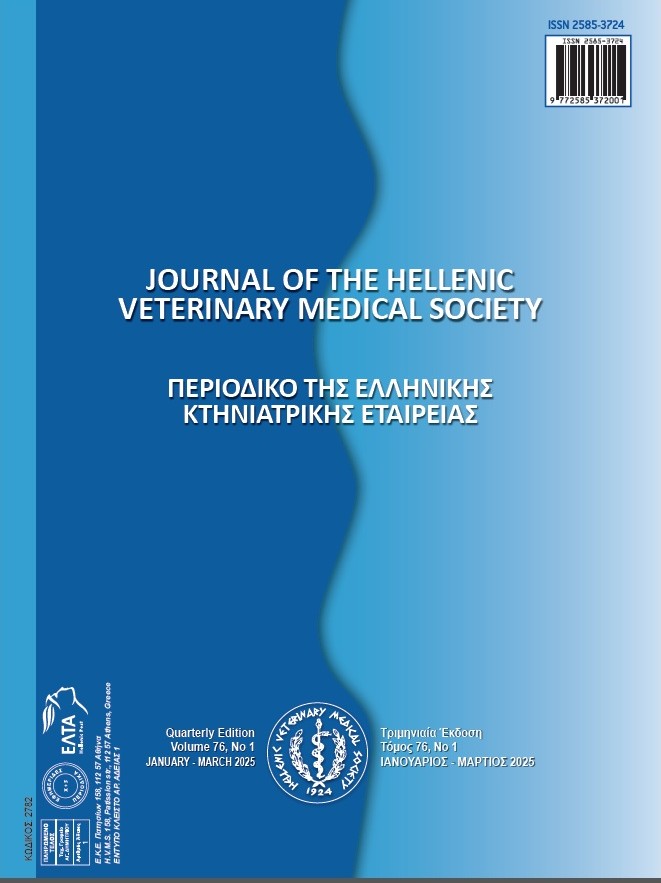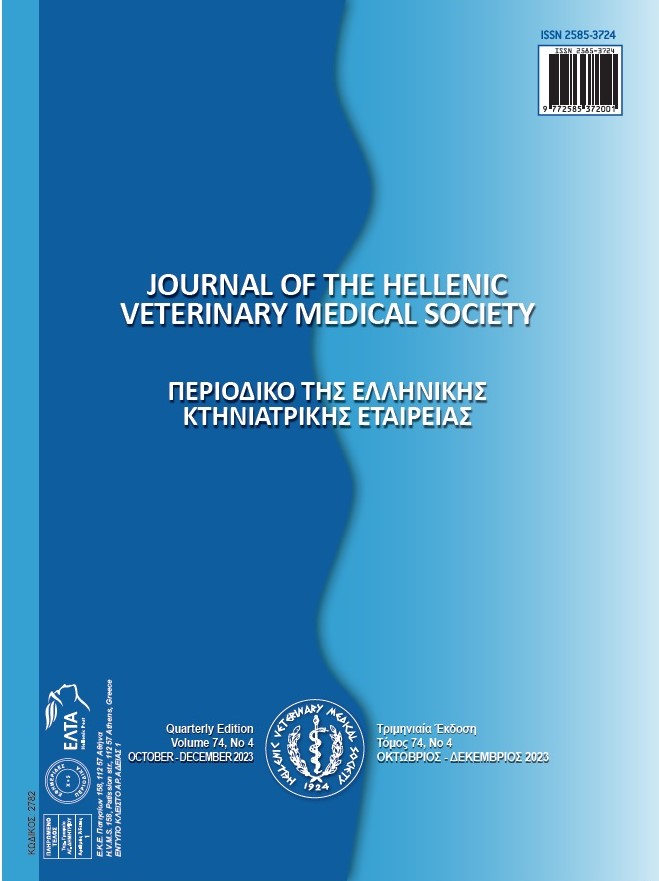Effects of high and low glucose DMEM extenders on sperm cryopreservation in honey bees

Abstract
Honey bee sperm can be stored and used at room temperature for up to a week. However, freezing storage methods used for long-term storage negatively affect the sensitive honey bee semen. In order to reduce this negative effect, the effects of many different diluents and various freezing protocols are being investigated. This study aims to evaluate the effect of DMEM (Dulbeco's Modified Eagle Medium) diluents with different glucose ratios on the spermatological parameters of frozen honeybee semen. The study used two different DMEM diluents containing high and low glucose. Honey bee sperm samples, diluted 13 -fold with high glucose DMEM (4.5 g/L glucose, L glutamine and pyruvate) and low glucose DMEM (1 g/L glucose, L-glutamine and sodium bicarbonate) at a ratio of 1:12, were frozen in liquid nitrogen. It was kept for three months. At the end of the period, the thawed samples were evaluated in terms of spermatological parameters (motility, viability, plasma membrane integrity, and spermatozoa morphology). Motility, viability, and plasma membrane integrity parameters were high in honeybee semen frozen with DMEM diluent with high glucose content (P<0.001). As a result, we think that DMEM diluent with high glucose content can be used effectively in the cryopreservation of honey bee semen.
Article Details
- How to Cite
-
Özkök, A., Esin, B., & Eser, A. (2025). Effects of high and low glucose DMEM extenders on sperm cryopreservation in honey bees. Journal of the Hellenic Veterinary Medical Society, 76(1), 8749–8756. https://doi.org/10.12681/jhvms.37530
- Issue
- Vol. 76 No. 1 (2025)
- Section
- Research Articles

This work is licensed under a Creative Commons Attribution-NonCommercial 4.0 International License.
Authors who publish with this journal agree to the following terms:
· Authors retain copyright and grant the journal right of first publication with the work simultaneously licensed under a Creative Commons Attribution Non-Commercial License that allows others to share the work with an acknowledgement of the work's authorship and initial publication in this journal.
· Authors are able to enter into separate, additional contractual arrangements for the non-exclusive distribution of the journal's published version of the work (e.g. post it to an institutional repository or publish it in a book), with an acknowledgement of its initial publication in this journal.
· Authors are permitted and encouraged to post their work online (preferably in institutional repositories or on their website) prior to and during the submission process, as it can lead to productive exchanges, as well as earlier and greater citation of published work.



